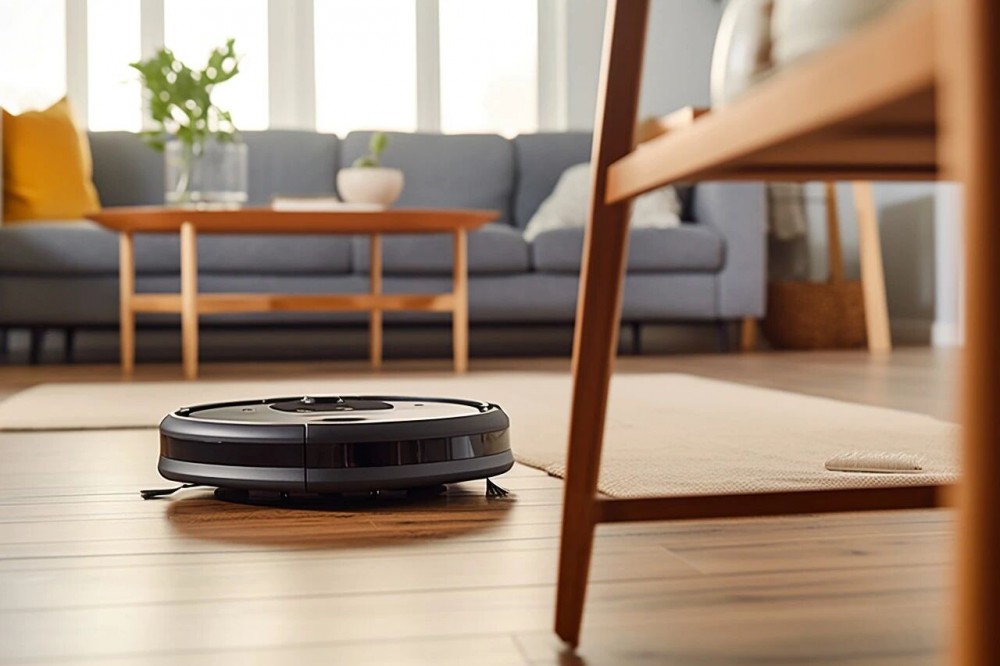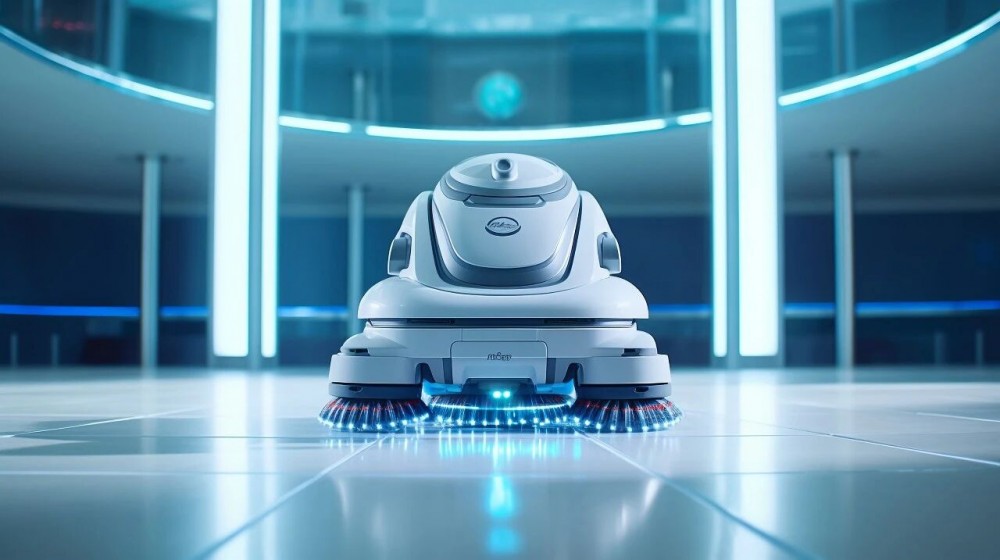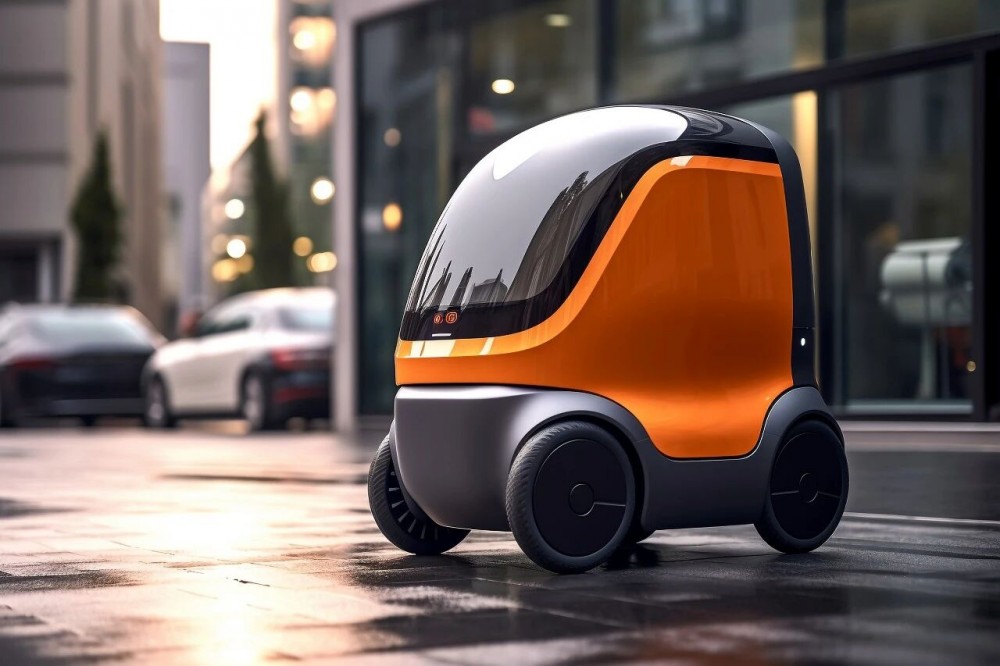Smart Cleaning: The Future of Cleaning Technology
Smart Cleaning leverages IoT, big data, AI, and automation for efficient, precise environmental maintenance. Systems autonomously detect conditions, optimize paths, and provide real-time monitoring—delivering high-efficiency, energy-saving cleaning.
01. Core Technologies
Robotic Cleaning:
Smart vacuum robots: Sensor + AI navigation for obstacle avoidance and path planning.
Auto window cleaners: Suction + control for safe high-rise glass cleaning.
Mopping robots: Integrated vacuum/mop/dry with adaptive modes.
Smart Systems:
AI waste sorting: Image recognition for automated classification.
Air purifiers: Real-time PM2.5 monitoring and auto-adjustment.
UV/ozone disinfection: Fully automated sterilization.
Software Platforms:
Cloud-based scheduling: Big data optimizes tasks and resource allocation.
Environmental monitoring: Tracks temp, humidity, air quality with predictive alerts.

02. Applications
Home: Robot vacuums, air purifiers—effortless cleanliness and healthier air.
Commercial/Office: Autonomous floor/disposal robots reduce labor costs.
Public Spaces: Smart street sweepers, sensor-equipped restrooms for 24/7 hygiene.
Industrial: Robots clean factories/warehouses; smart wastewater systems optimize treatment.

03. Future Trends
Tech Evolution:
AI/ML: Self-learning devices continuously improve strategies.
Advanced sensors: Higher precision and adaptability.
Market Growth:
Smart homes drive consumer demand.
Commercial/public sectors adopt at scale for efficiency.
Sustainability:
Energy/water savings reduce environmental impact.
Supports global green and sustainable development goals.

Smart cleaning is transforming daily life and work. Through relentless innovation, it will create a cleaner, greener, and more sustainable future.




.png)

.png)












